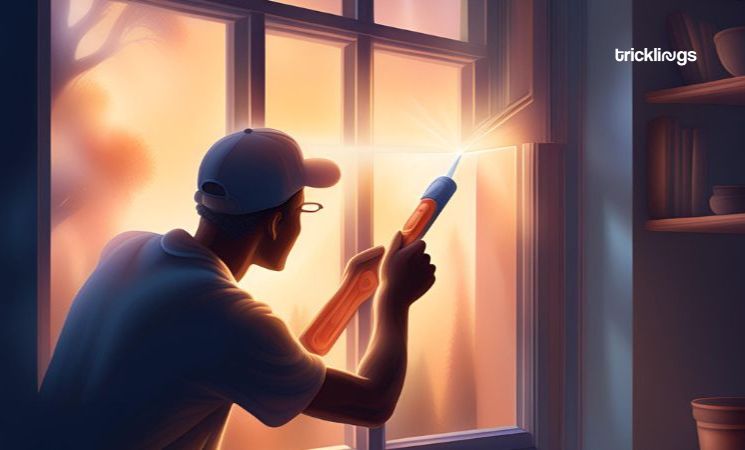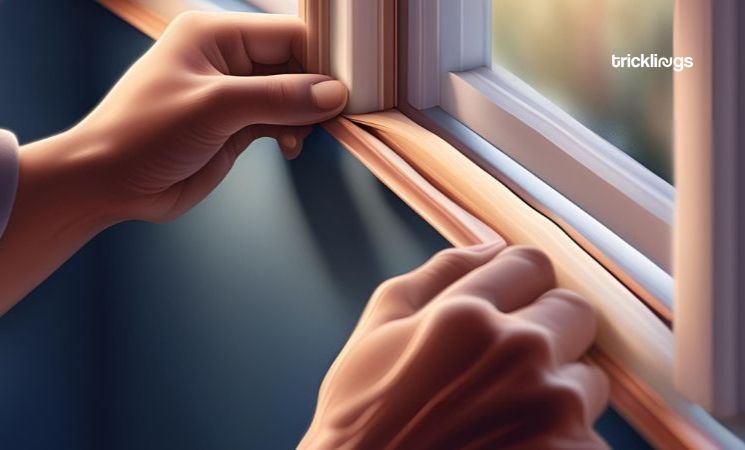As the colder months approach, weatherizing your windows becomes essential to keep your home warm and energy-efficient.
Proper weatherization can significantly reduce drafts, lower energy bills, and enhance overall comfort. Here’s a detailed guide to help you through the process.
1. Finding Air Leaks:
Before weatherizing, it’s crucial to identify where air leaks are occurring. Simple tests like the hand test, candle test, or smoke test can help you detect drafts. Place your hand or a lit candle near the window frame, and if you feel cold air or see the candle flicker, there’s a leak that needs sealing.

2. Preparing the Windows:
Start by inspecting and repairing any damage to the window and its frame. Ensure the glazing putty is intact and free of gaps, as it provides a seal between the glass and the frame. If any glazing is failing, remove it and apply new putty. Inside, use a flexible, paintable latex caulk to seal the joint between the glass and sash before painting.

3. Applying Caulk:
Caulking is a straightforward method for sealing gaps around windows. Clean the area around the gaps or cracks and apply caulk using a caulking gun. Smooth it out with a tool or your finger to ensure a flush seal. This method is effective for sealing small gaps and preventing air leaks.

4. Installing Weather Stripping:
Weather stripping is used to seal gaps between the window sash and frame. There are various types, including adhesive strips, V-seals, and magnetic seals. Install weather stripping on the sides and top of the window sash, ensuring it compresses uniformly against the frame for a tight seal. Test the window to ensure no light or air passes through when closed.

5. Applying Window Film:
Window film is a quick and efficient way to improve insulation. Clean the window, cut the film to size, and apply it to the glass using a soapy water solution. Use a squeegee to remove bubbles and wrinkles. This method helps reduce heat loss through the glass itself.

6. Using Draft Stoppers:
For gaps at the bottom of windows, draft stoppers can be an effective solution. These are long, thin pillows placed at the bottom to block air from entering. They can be made at home or purchased, providing a simple way to enhance window insulation.

Maintenance Tips:
Regularly inspect your weather seals for signs of wear and tear. Reapply caulk and replace weather stripping as needed to maintain an effective seal. Keeping your windows clean and free from damage will prolong the effectiveness of your weatherization efforts( Window Hardware Direct)(Energy Savings Lab).










